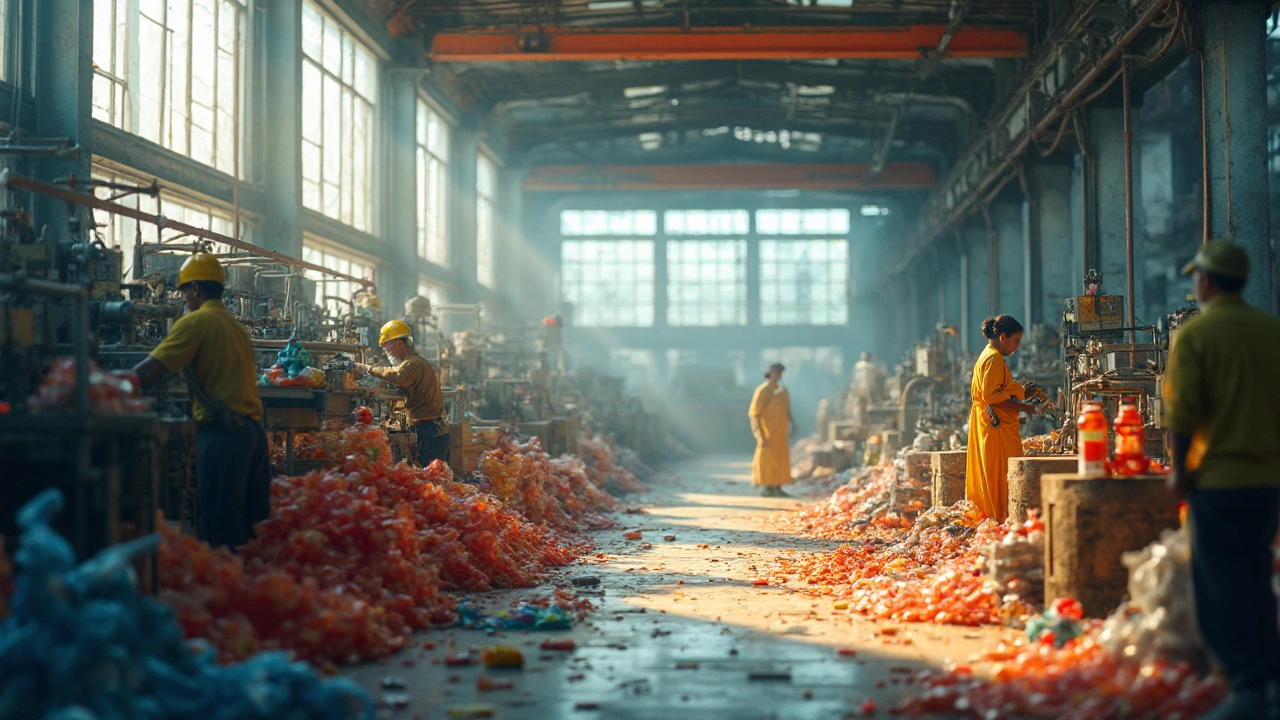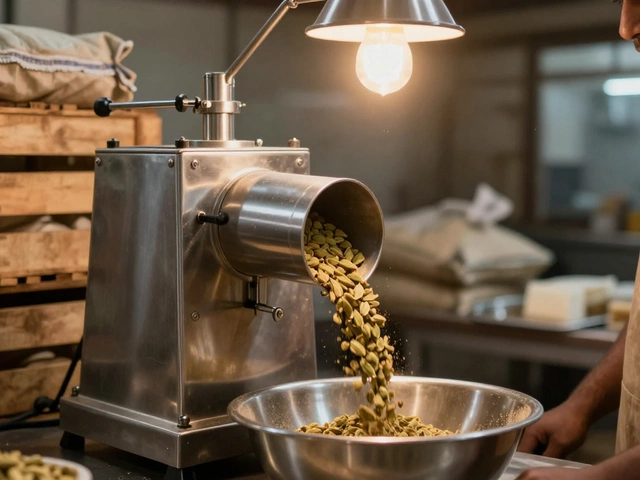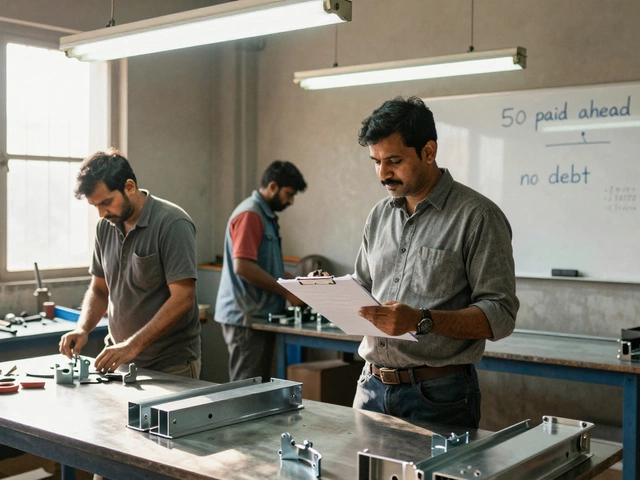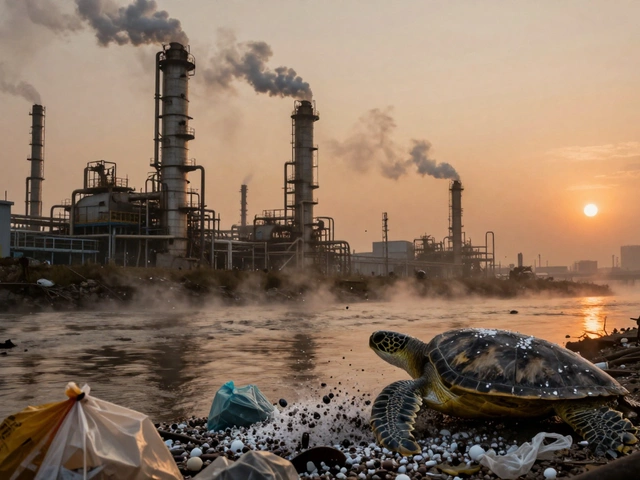Plastic Demand in India: Current Trends and Practical Insights
India’s appetite for plastic products has surged over the past few years. From packaging and construction to automotive parts, more sectors are reaching for polymer solutions. If you’re in manufacturing, understanding where the demand comes from and how fast it’s shifting can save you time, money, and missed opportunities.
Why Plastic Demand Is Growing
First, rapid urbanization means more households, more food stores, and more disposable items—all of which rely on plastic. Second, the e‑commerce boom pushes up the need for lightweight, protective packaging that can travel long distances without breaking. Third, government initiatives like Make in India encourage local production of plastic components, reducing reliance on imports.
Another driver is the rise of low‑cost, high‑performance polymers. New formulations give manufacturers the ability to replace metal or glass in many applications, which cuts weight and cost. Finally, the push for sustainability is oddly boosting demand for recyclable plastics. Brands want to showcase eco‑friendly packaging, and that creates a niche market for recycled PET, HDPE, and similar materials.
How Manufacturers Can Respond
Start by mapping your product line against the top‑growing segments: food‑grade packaging, agricultural films, and automotive interiors. If you already produce some of these, look for ways to improve turnover speed—invest in injection molding lines that can handle multiple grades without extensive setup changes.
Next, consider partnerships with recyclers. Securing a steady feedstock of recycled resin can lower raw‑material costs and make your offerings more attractive to eco‑conscious buyers. Many Indian state governments now offer subsidies for setting up recycling loops, so explore those incentives.
Don’t overlook technology upgrades. Modern process control software can reduce waste by up to 15 % and improve energy efficiency, which directly impacts profit margins. Small steps like better temperature monitoring in extrusion or using automated quality inspection can pay off quickly.
Lastly, keep an eye on pricing trends. Global oil price swings affect virgin polymer costs, but recycled material prices tend to be more stable. By balancing both sources, you can lock in competitive pricing while still meeting demand spikes.
In short, plastic demand in India is being fueled by urban growth, e‑commerce, and sustainability goals. Manufacturers who align their product mix, source responsibly, and adopt smart tech will be best positioned to ride the wave. Stay alert, stay adaptable, and the market will reward your efforts.
Which Plastic Is in Demand: A Spotlight on Popular Plastics
In today's fast-paced world, certain types of plastics are in high demand due to their unique properties and applications. This article delves into the most sought-after plastics in the manufacturing industry, exploring their uses, benefits, and why they are favored by manufacturers. Learn about the plastics that are shaping our modern world and the reasons behind their popularity. The article also provides insights into trends and innovations driving the demand for specific plastics.
Read More




